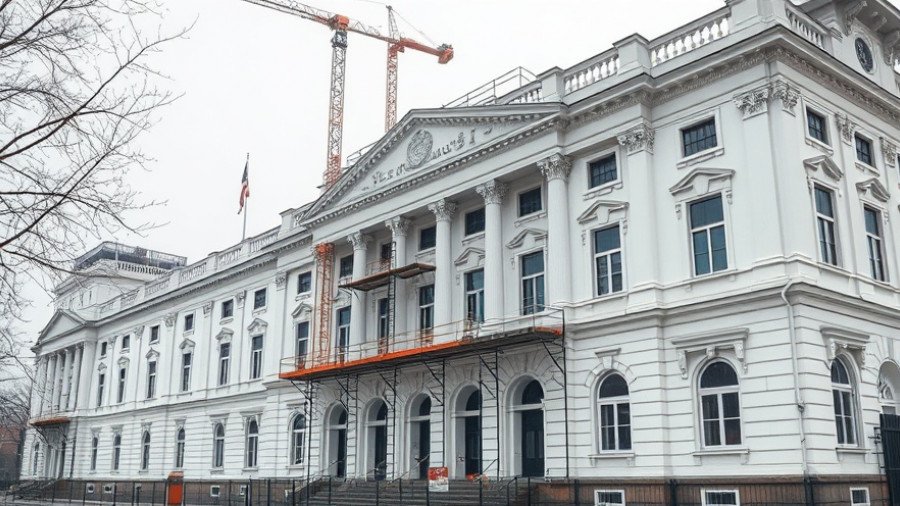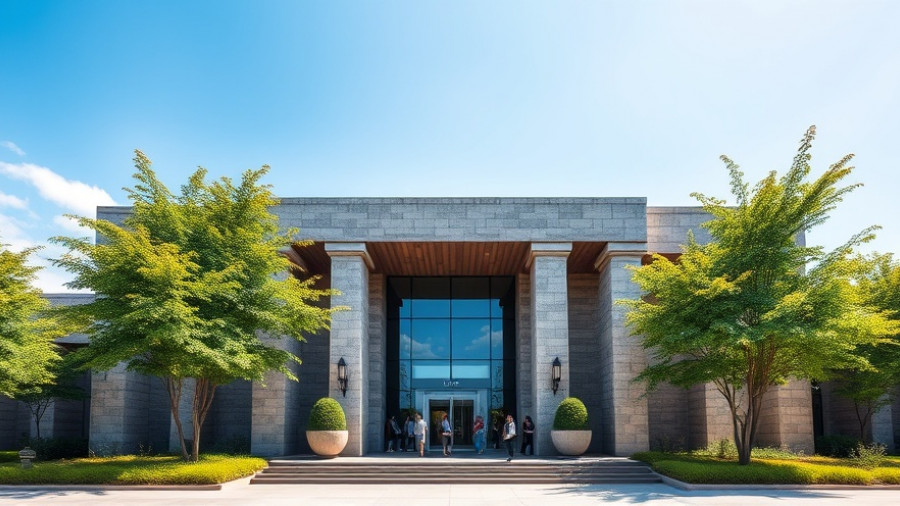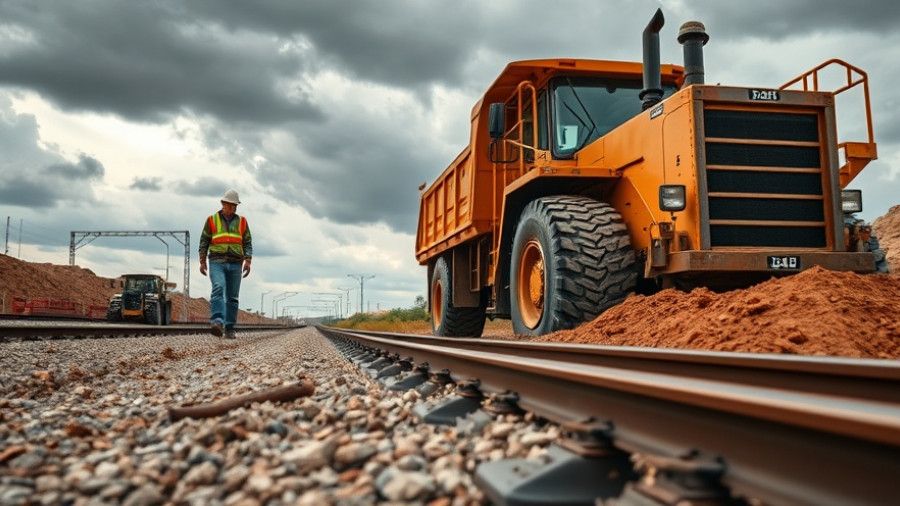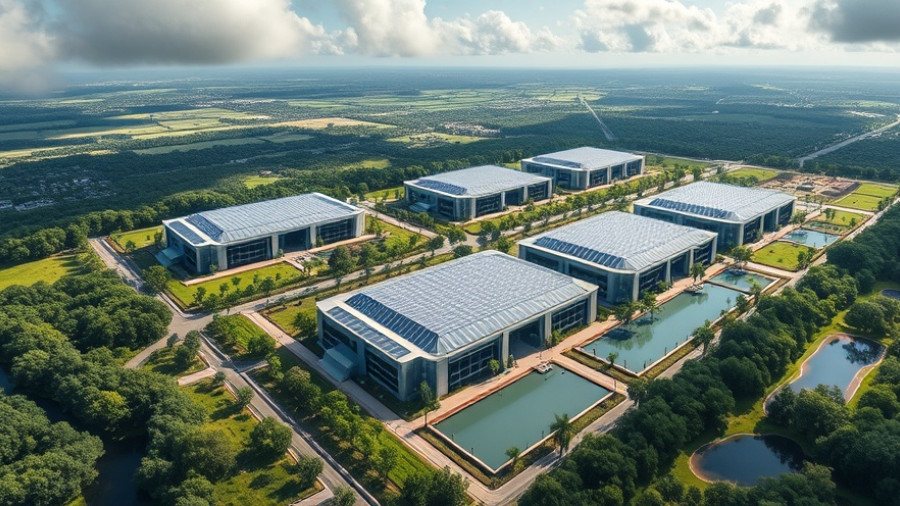
The Surprising Demolition of the East Wing: A Case Study in Historic Renovation
As contractors uncover century-old structures during renovations, they often face unforeseen challenges that can dramatically alter project timelines and budgets. The recent demolition of the East Wing of the White House, preempting the construction of a $300 million ballroom, starkly illustrates this reality. Originally intended as a modest update, the project's swift pivot to a complete wrecking of the East Wing underscores the complexities inherent in historic constructions.
Historical Context: Understanding the Risks of Renovation
The White House has undergone continuous changes throughout its rich history, with renovations typically emphasizing the preservation of its storied architecture. However, contractors specializing in historic restorations emphasize that unexpected findings during demolition are almost a certainty. Ralph Esposito, President of Suffolk Construction, shares insights from various projects, notably the Waldorf Astoria renovation, where discrepancies between blueprints and reality revealed significant structural differences. This is common in historic renovations, as outdated materials and undocumented changes often require scope adjustments.
The Rapid Pace of Change: Are We Sacrificing Oversight?
Critics have voiced concerns over the lack of oversight in the East Wing's demolition, especially given the project’s rapid timeline. With President Trump's administration having fired all members of the Commission of Fine Arts—a crucial body that typically oversees such renovations—reservations have been raised regarding potential impacts on the White House’s classical design. As observed by Jonathan Jarvis, former director of the National Park Service, such expedited renovations are not the norm and pose risks to historic integrity.
Balancing Preservation with Progress: Is Full Reconstruction a Viable Strategy?
Contractors often face the difficult decision of whether to preserve existing structures or embark on full reconstruction. The East Wing demolition prompts a pressing debate within the industry: when is it more sensible to start from scratch rather than trying to salvage? The discussions around the ballroom construction reflect broader trends in the construction industry where the responsibilities towards historic preservation can clash with modernization and functionality.
Redefining Historical Significance: Community Voices and Stakeholder Engagement
Preservation groups such as the National Trust for Historic Preservation have criticized the demolition's hurried nature, advocating for a pause to reconsider the project’s implications on historical integrity. Their call for a comprehensive review highlights the importance of community involvement in preserving iconic landmarks like the White House. As stakeholders, both the public and preservation groups must engage in the dialogue surrounding significant renovations to ensure that modernization respects historical significance.
Conclusion: Navigating the Future of Historic Renovations
The East Wing project exemplifies a crucial moment in the discourse around historic renovations, where both the urgency to modernize and the need to preserve heritage must be navigated carefully. For contractors and developers, understanding these dynamics is key to maintaining a balance between progress and respect for the past. Stakeholders should remain vigilant, advocating for transparency and responsible approaches to historic preservation as debates surrounding the future of the nation’s landmarks continue.
 Add Row
Add Row  Add
Add 




Write A Comment